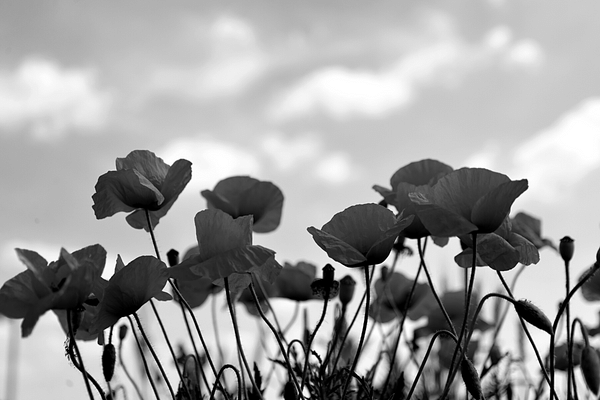
Canadians recognize Remembrance Day every year on the 11th hour of the 11th day of the 11th month. Originally called Armistice Day, Remembrance Day marks a yearly memorial day observed in Canada and many Commonwealth countries to remember those who died in military service and honour those who served in wartime.
Many Canadians gather at public Remembrance Day ceremonies every year on November 11 – the anniversary of the Armistice agreement of 1918 that ended the First World War.
Ceremonies are usually held at war memorials, community cenotaphs, schools and other public places. They include the reading In Flanders Fields, two minutes of silence in remembrance of those lost in war, followed by the playing of The Last Post.
Wreaths are laid at local war memorials, and assemblies are held in schools. Millions of Canadians from coast-to-coast wear red poppy pins in the weeks leading up to and on November 11.
Armistice Day
The first Armistice Day was observed in 1919 throughout much of the British Empire, but on the second Monday in November. In 1921, the Canadian Parliament passed an Armistice Day Act to formally establish Armistice Day as a legal holiday that combined the event with Thanksgiving Day.
Canadians observed the date with little public display for much of the 1920s. Veterans and their families gathered in churches and around local memorials, but ceremonies and events didn’t involve much public participation.
In 1928, many veterans and prominent citizens rallied for greater recognition and to separate the remembrance of wartime sacrifice from the Thanksgiving holiday. In 1931, the federal government, with the help of an independent MP from British Columbia, declared that the newly named Remembrance Day would be observed on November 11 and moved Thanksgiving Day to a different date.
Remembrance Day would emphasize the memory of the fallen soldiers instead of the political and military events leading to victory in the First World War.
Remembrance Day, November 11
Remembrance Day rejuvenated interest in remembering the war and military sacrifice, attracting thousands to ceremonies in cities across Canada. It remained a day to honour the fallen, but traditional military services also witnessed occasional calls to remember war’s horror and embrace peace. The 50th anniversary of the end of the Second World War in 1995 sparked a noticeable public interest in remembering WWII.
Today Remembrance Day is a national holiday for federal and many provincial government workers, with the most significant ceremonies and events attended in major cities by the tens of thousands of people. The ceremony held at the National War Memorial in Ottawa is nationally televised. At the same time, most outlets – including newspapers, social media, magazines, radio and television stations and other internet sources – run special features, interviews and investigative reports on military history or remembrance-related themes.
National Indigenous Veterans Day
On November 8 of each year, we mark National Indigenous Veterans Day, honouring the essential contributions of Indigenous people in service to Canada.
Indigenous Veterans Day was established in Manitoba in 1994 and has since spread across the country to other provinces. It is a day where we honour and celebrate the Indigenous veterans who have served in times of war and peace for more than 200 years, from the War of 1812 to Afghanistan and continue to serve today.
While exact statistics are difficult to determine, the rate of Indigenous participation in Canada’s military efforts over the years has been impressive. These determined volunteers were often forced to overcome many challenges to serve in the military, from learning a new language and adapting to cultural differences to travelling great distances from their remote communities to enlist.
The First World War lasted from 1914 to 1918, with more than 4,000 Indigenous people serving in uniform during the conflict. Within some areas, one in three non-disabled men would volunteer. Some communities – such as the Head of the Lake Band in BC – saw every man between the ages of 20 to 35 enlist. Indigenous recruits joined up for various reasons, from seeking employment or adventure to following the traditions that had seen their ancestors fight alongside the British in earlier military efforts – the War of 1812 and the South African War.
Indigenous men carried a lot of valuable skills with them, such as patience, stealth and marksmanship were well-honed traits for those who had come from communities where hunting was a cornerstone of daily life.
Indigenous soldiers earned at least 50 decorations for bravery during wartime but also contributed to the war effort on the home front. They donated large amounts of money, clothing and food and granted the use of portions of their reserve lands to construct new airports, rifle ranges and defence installations.
The remarkable efforts of First Nations communities in Ontario, Manitoba and British Columbia were also recognized with the awarding of the British Empire Medal to acknowledge their significant contributions.

